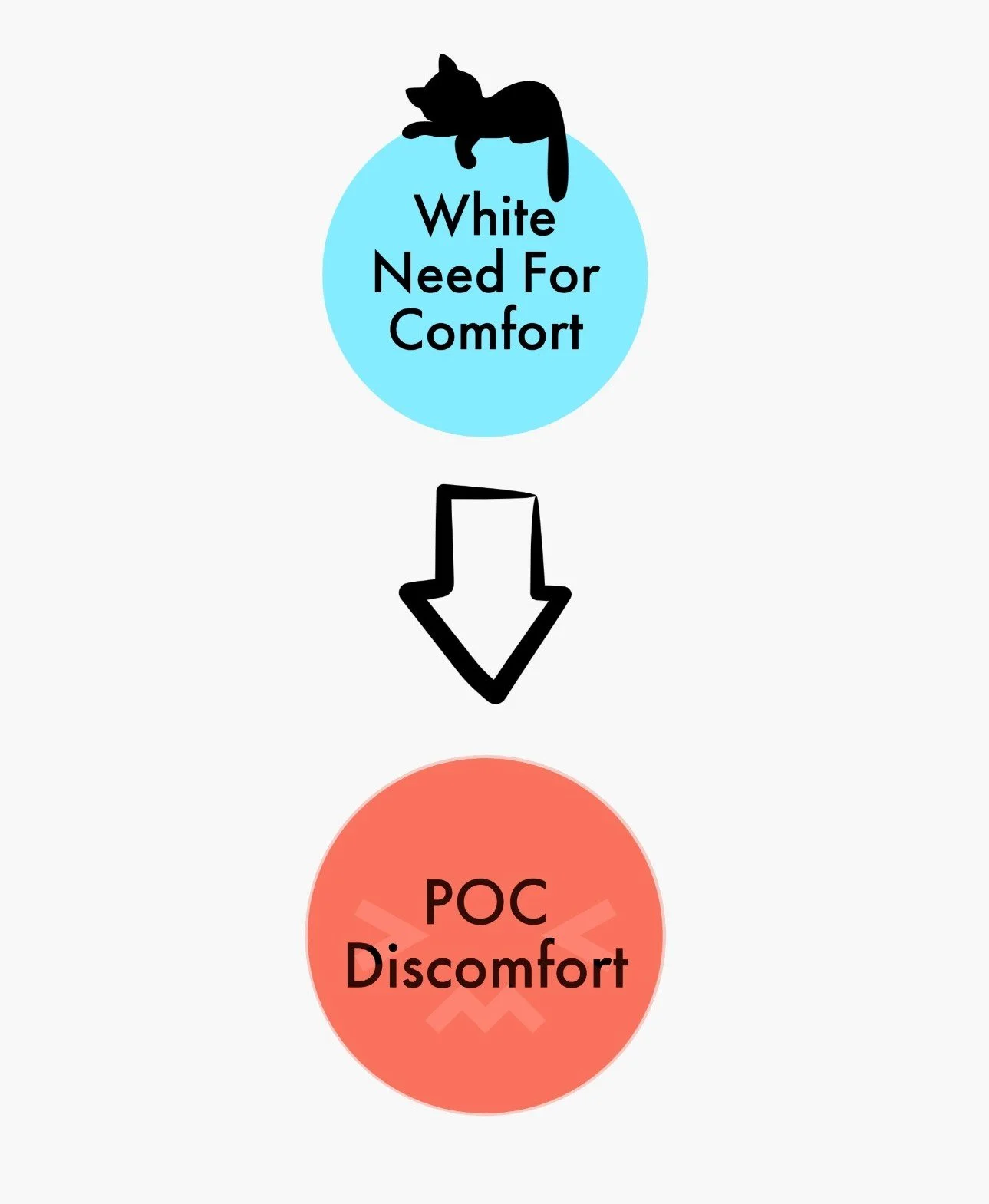Silence is Sinister
In a world of polar politics silence isn’t simply a sound, it’s a deliberate action.
As children, staying quiet can be a way to avoid getting in trouble so we learn to do it to protect ourselves, but when we reach adulthood it can become a serious problem, specifically when it means not speaking up for minority groups. Regardless of your opinions, staying silent is a choice and is therefore inherently non-neutral. It could even be considered a microaggression in race-charged contexts. Microaggressions are often unintentional but are commonplace speech or behavior that is hostile or derogatory towards marginalized groups. A common example of a microaggression is the sentence, “but I have Black friends.”
THE EDUCATION ISSUE
So, what larger issues does this cause? Well, silence largely contributes to the legitimization and maintenance of Whiteness as it suppresses the voices of POC students. It also allows White people to claim they are “colorblind” and therefore that race doesn’t matter or even exist. The issue is prevalent in schools of all ages and ethnic backgrounds, though it’s important to note that the majority of administrators and those who hold power over school districts are White and upper-middle class.
Even more important to note is that silence is simply an absence, whereas silencing is an act that is intentionally done to someone. Teachers who find questions or comments about race to be inappropriate will silence their students in class, teaching them that it is not something to be talked about. Students, for the most part, do not want to be silent on difficult issues, but they are made to be.
WHITE COMFORT
Now, why does this happen in the first place? Simply put it is for White comfort. White educators tend to put a lot of value on a classroom being “comfortable” and are often put off by any words that are associated with race as they assume that they will carry blame or guilt. By doing this they are attaching feelings to race words rather than their actual meanings, and are making them taboo through avoidance. Teachers will often tell students that talking about race is “impolite” or something to not do “in public” which can lead POC students to feelings of shame about their race and to ignorance in White students. It is proven that avoiding talking about race at all actually makes the matter worse. This is exactly why “colorblindness” is a problem not a solution.
THE STATUS QUO
All of this just goes to maintain the status quo, which just so happens to be White people unfairly and always at the top. Silence directly reduces the likelihood of systemic change and pushes us farther away from equality. If we truly want change as a society, and we do, then we need to openly talk about all of the positives and negatives of change in order to make it happen. (we have to openly talk about history too)
All graphics made in Adobe Spark by C. Fish




